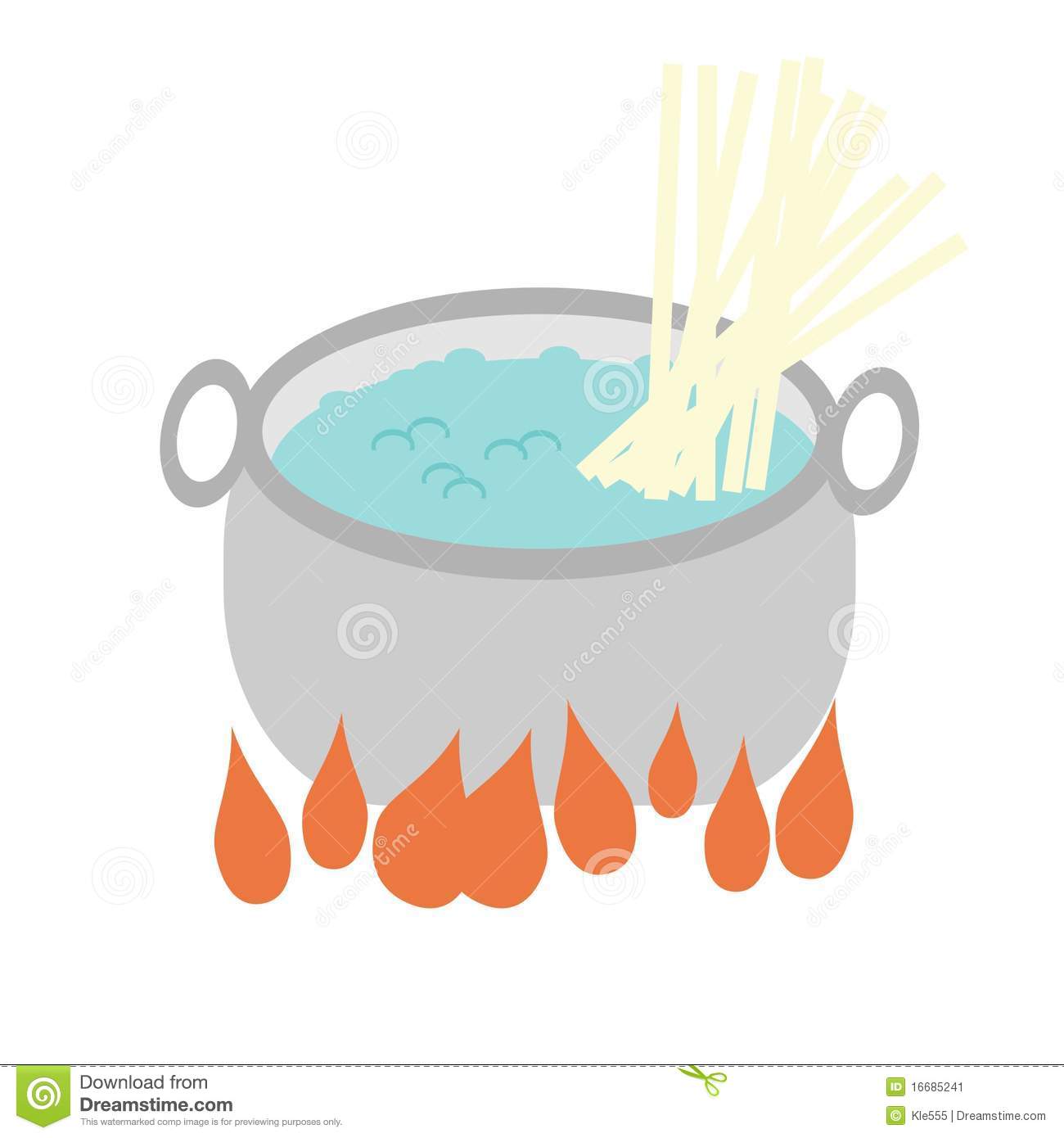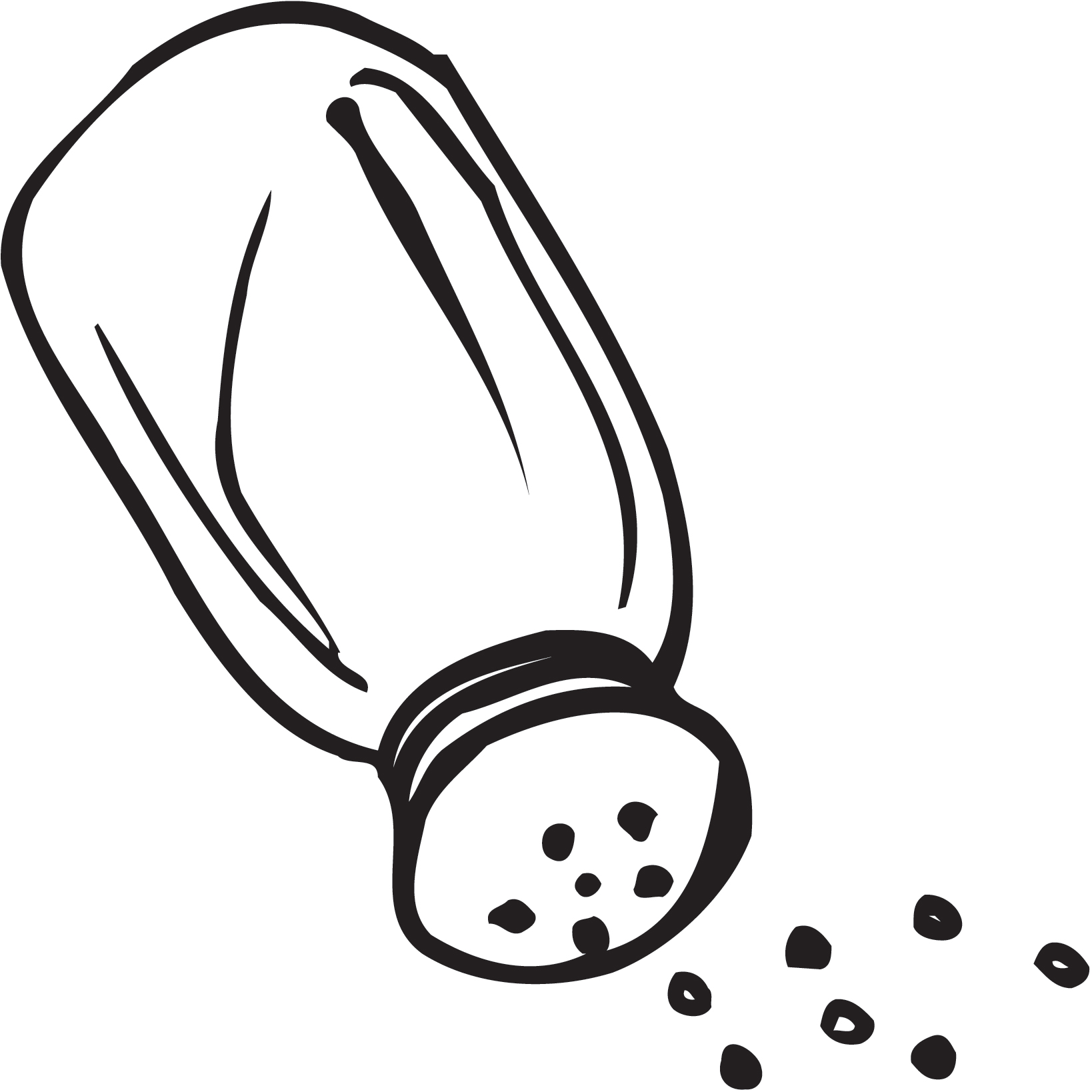Boil somethingdrawn
Table of Contents
Table of Contents
Boils can be incredibly painful and uncomfortable, making it difficult to go about your day-to-day life. If you’re dealing with a boil, you may be wondering how to draw it out at home. Fortunately, there are a few natural remedies you can try to help speed up the healing process and ease your discomfort.
Pain Points of Drawing Out Boils at Home
Boils can be caused by a variety of factors, including bacterial infections, ingrown hairs, and even poor diet or hygiene. They often appear as red, swollen bumps that are filled with pus and can be incredibly painful to the touch. If you’re dealing with a boil, you may be experiencing discomfort while sitting, standing or walking, and you may feel self-conscious about your appearance.
How to Draw Out a Boil at Home
To draw out a boil at home, you can try a warm compress. Simply soak a clean cloth in warm water and apply it to the affected area for 15-20 minutes at a time, several times a day. This can help to soften the skin and encourage the boil to come to a head. You can also try applying a natural drawing salve or poultice, which can help to draw out the pus and heal the skin. These can usually be found at your local health food store, or you can make your own using ingredients like activated charcoal, clay, or herbs like calendula and comfrey. Always be sure to keep the affected area clean and dry, and avoid touching or picking at the boil, as this can spread the infection.
Main Points on How to Draw Out a Boil at Home
If you’re dealing with a painful boil, don’t despair! There are several natural remedies you can try to help speed up the healing process and relieve your discomfort. Warm compresses and natural drawing salves can be particularly effective, as they can help to soften the skin and encourage the boil to come to a head. Always be sure to keep the affected area clean and dry, and avoid touching or picking at the boil to prevent the spread of infection.
Using a Bread Poultice to Draw Out a Boil
One natural remedy that has been popular for generations is the bread poultice. To make a bread poultice, you’ll need a slice of bread, some warm milk or water, and a clean cloth or bandage. Soak the bread in the warm liquid until it becomes soft and pliable, and then apply it directly to the affected area. Cover the poultice with a clean cloth or bandage to keep it in place, and leave it on for several hours or overnight. The bread can help to draw out the pus and bacteria, while the warm liquid can help to ease pain and inflammation. If you decide to use a bread poultice, be sure to use fresh bread and clean, sterile equipment to avoid introducing any additional bacteria.
Using Essential Oils to Draw Out a Boil
Essential oils can also be an effective natural remedy for drawing out boils. Tea tree oil, in particular, is known for its antibacterial properties and can help to soothe pain and inflammation. Simply dilute a few drops of tea tree oil in a carrier oil like coconut or almond oil, and apply the mixture directly to the boil with a cotton ball or swab. Other essential oils that may be effective include lavender, frankincense, and oregano. Be sure to do a patch test before applying any essential oil to your skin.
Dietary Changes to Draw Out a Boil
In addition to natural remedies, you may also want to consider making some dietary changes to help draw out your boil. Eating a diet rich in whole, nutrient-dense foods like fruits, vegetables, and lean proteins can help to support your immune system and aid in the healing process. You may also want to consider taking a supplement like zinc or vitamin C, which can help to support immune function and promote healing.
FAQs
1. Can I pop my boil?
No, it’s generally not a good idea to pop a boil. This can spread the infection and make it worse. Instead, try natural remedies like warm compresses or drawing salves.
2. How long does it take for a boil to go away?
This can vary depending on the size and location of the boil, but most boils will go away on their own within 1-2 weeks. Natural remedies like warm compresses or drawing salves can help to speed up the healing process.
3. Will a boil leave a scar?
It’s possible that a boil may leave a scar once it has healed. To prevent scarring, be sure to avoid touching or picking at the boil, and try applying vitamin E oil or aloe vera gel to the affected area.
4. When should I see a doctor about my boil?
If your boil is particularly large, painful, or doesn’t seem to be improving after a week or so, it’s a good idea to see a doctor. You may need antibiotics or other medical treatment to help clear up the infection.
Conclusion of How to Draw Out a Boil at Home
If you’re dealing with a painful boil, it can be tempting to try and pop it or pick at it. However, this can make the infection worse and even lead to scarring. Instead, try natural remedies like warm compresses, drawing salves, or bread poultices. You may also want to consider making some dietary changes to support your immune system and aid in the healing process. If your boil is particularly large or painful, be sure to see a doctor for medical treatment.
Gallery
SomethingDrawn.com - BOIL Drawn By Sarah L On Draw Something

Photo Credit by: bing.com / boil somethingdrawn
How To Make A Bread Poultice | EHow | Home Remedy For Boils, Boil

Photo Credit by: bing.com / poultice bread boils draw ehow boil remedies fashioned old health infections remedy
Boiling Clipart 20 Free Cliparts | Download Images On Clipground 2021

Photo Credit by: bing.com / water clipart boiled boiling pan noodle boil clipground cook illustration vector
Drawing Salve For Boil - Drawing Image

Photo Credit by: bing.com /
12 Home Remedies For Boils: Treatments And Prevention

Photo Credit by: bing.com / boils boil remedies bye





